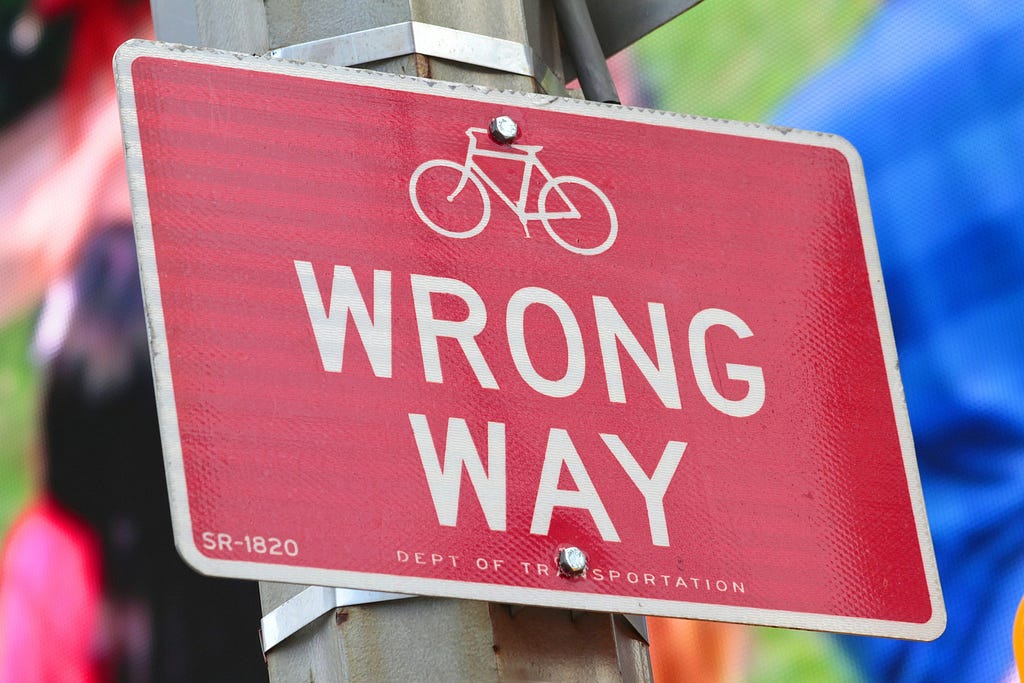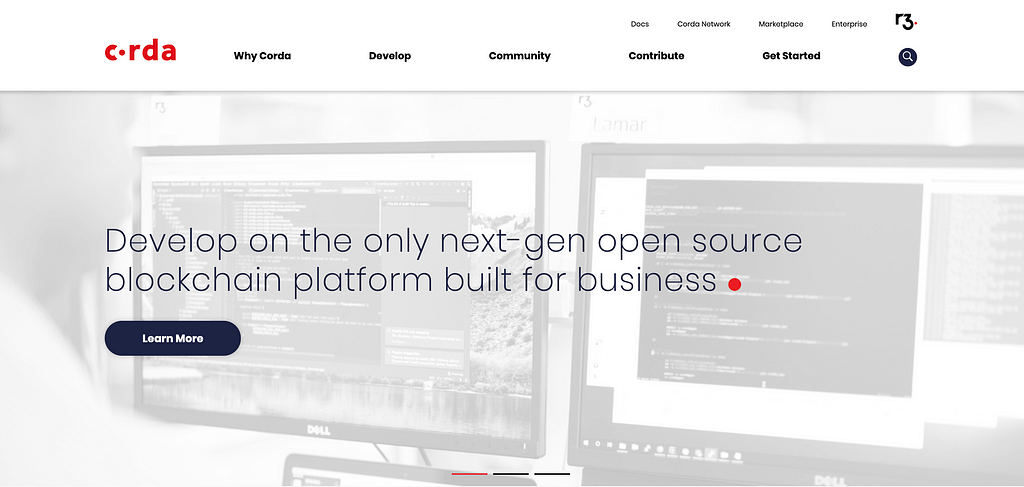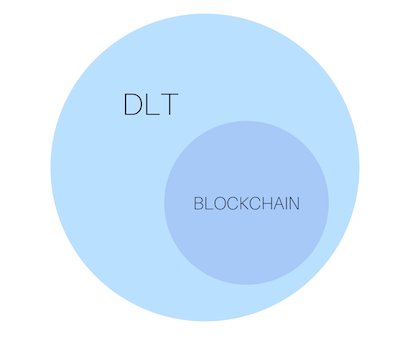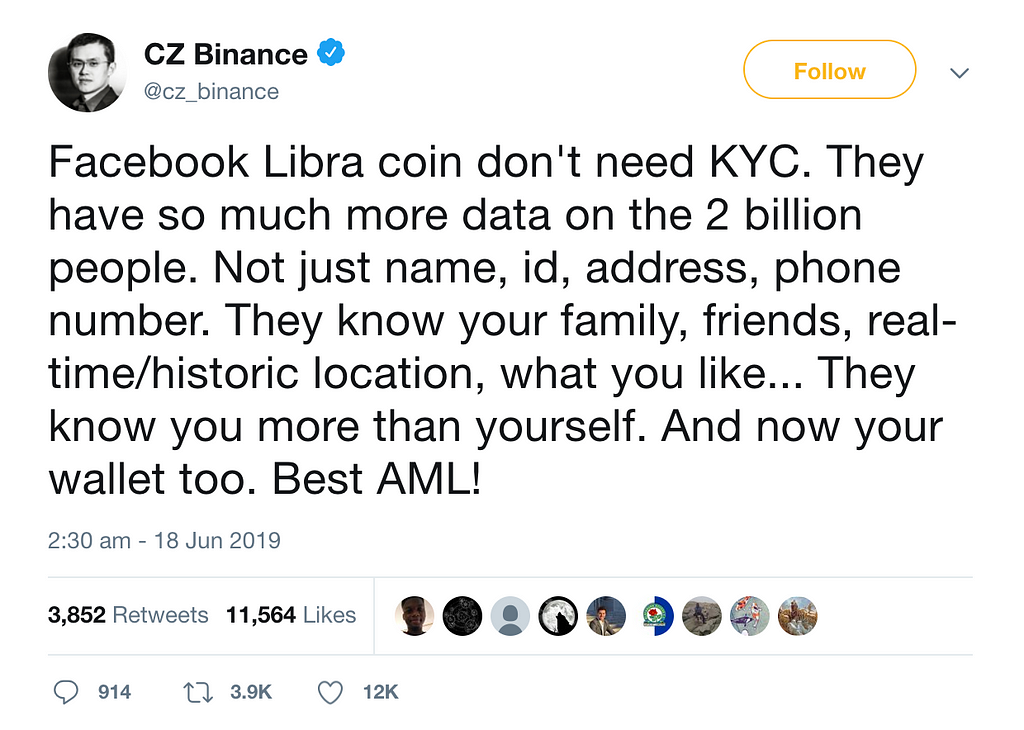Latest news about Bitcoin and all cryptocurrencies. Your daily crypto news habit.

Often presented as absolute facts, here are some of the top misconceptions I usually encounter in the blockchain world:
1. If it’s on the blockchain, it must be true
The teachings about transactions in Bitcoin being absolute have spilled over into other realms to the point that some people have an idea that all information stored on a blockchain is true. That is false. Assuming the proper functioning of the consensus mechanism, all data on a blockchain is valid i.e. the transaction which stored that data was in accordance with the rules of the protocol. However, that does not mean that the information stored is factually correct, or true, according to the concept of truth established by our societies. It is possible to register data asserting that “‘Dogs are a species of cat”, but that does not make the content of the data correct.
2. Corda is a blockchain
 Corda’s website, Medium and other marketing materials explicitly state they are a “blockchain platform”
Corda’s website, Medium and other marketing materials explicitly state they are a “blockchain platform”
This one is probably the worst of them all. Not because it’s the most widely-believed, but because it is a misconception spread by the Corda/R3 team themselves. Now, this has nothing to do with my personal opinion of the project, it is simply a fact. And don’t listen to me, look at their very own technical whitepaper:
“Notaries ensure algorithmic agility with respect to distributed consensus systems, and the system operates without mining or a block chain.”
Here’s the source for the quote above. (You can find it under Section 16: Conclusion).
I think Corda is an interesting protocol which has potential, but this really bothers me. R3's CTO is also on record saying Corda is not a blockchain, but they continue to market themselves as such, probably because DLT protocol just isn’t as catchy. Cool platform or not, Corda’s structure cannot be qualified as a blockchain (despite the multiple similarities), which shouldn’t be a problem, except that they choose to confuse us about it. That’s not cool.
3. Data cannot be changed, only appended
This is mostly true, although slightly misleading. Someone told me the other day that on a blockchain you can never change data stored, only append to that data or add new data and “point to it”.
In the case of Bitcoin and most altcoins (which serve as currency only), this can be considered correct. You can never change a given UTXO, you can only create a new UTXO which brings the net change to the “balances” affected to 0 (meaning nothing actually changed). As such, UTXOs are unique and cannot be changed.
This changes with networks such as Ethereum, however. Ethereum has the concept of state, which is a snapshot of the network at a given point in time — all the account balances, smart contract storage, etc. The state transitions into a new state with every block, and old states are discarded after a while.
As such, nodes which stored a piece of data at a given slot in storage may have different data at the same slot a few blocks later.
Effectively, that data was changed. Full nodes, which comprise the majority of the network, operate in this way. They still maintain a commitment (hash(es)) that other data existed at that same slot at a certain point in time, but they don’t store that data anymore. For this reason users get gas refunds for removing storage from the network i.e. destroying a contract or changing a variable’s value to 0 (zeroes don’t use up any space).
This is different for archive nodes, which store all states that ever existed. Only with archive nodes can one find out what the state was at a given block in the past. But in practice, data can be and is changed with state transitions, although immutability can still be achieved. In fact, the question nowadays is about “how much immutability is enough”, since (in Ethereum) users can currently pay once and add data to the chain that has no way of being removed. That’s inefficient because now all nodes need to store this GIF you found funny forever, at no extra cost to you. For a solution, see discussion about storage rent.
4. DLT == Blockchain
*If you’re not a programmer, just read it as DLT = Blockchain, ignoring the extra sign.
This was touched upon before, but I believe it still requires a mention. At this point, I believe most people are aware that the two concepts are different, but still often use them interchangeably. I won’t spend long here, just show you this diagram:
5. Innovation == Disruption
Again, two concepts that are often used as synonyms. I will refer you to another article where I discuss this, if you’re interested in how I see the distinction. You may disagree with my definitions, but the concepts are most definitely two different things.
6. EOS has the greatest adoption out of the existing platforms
Once again, this has nothing to do with how good the EOS.IO protocol is or is not. News such as this claim that EOS is the most used blockchain platform, which may be true, but it is also (possibly) misleading. Stats are often lacking and adoption can be defined in a variety of ways, so it is difficult to make assertions about it.
That said, a recent report claimed 75% of all transactions on the EOS network are made by bots, not people. This shows us we should take adoption assertions with a pinch of salt, although the report is also not enough to conclude that EOS is not the most widely used platform (by humans). Similar stats are lacking for Ethereum, TRON and Stellar for example, so a reasonable comparison cannot really be made. Nevertheless, it tells us to be wary of stats about adoption, which is the real point I wanted to make here.
7. We have already gotten privacy coins right
We seem to be getting there with privacy coins. Projects such as Monero, ZCASH and GRIN are promising and are very interesting technologies which could be the way to transacting privately over a public network. However, we are not there just yet.
In 2017, a report found that over 60% of Monero transactions could be traced and it was also found that ZCASH’s privacy feature was not working too well since only 0.8% of transaction value in the network was made up of shielded transactions, which was slightly low for the shielding to work effectively. Since then, Monero has upgraded and seems to be doing fine, while the percentage of shielded transactions on ZCASH has increased to about 5%. Coupled with those improvements, MimbleWimble-based GRIN has surfaced as another player in the privacy coin space and gathered some traction in 2019.
Also, we can only conclude that privacy worked after years, possibly decades into the future. It all depends on how long users expect their transactions to be private for. Is 5 years enough? 10? Maybe for some it’s less than a year. Point is: we don’t really know, but we’d rather be on the upper-end of the spectrum.
Overall, we seem to be going the right way, but I just wouldn’t say we’re there yet.
8. Bitcoin SV is the real Bitcoin
Got some more misconceptions that I missed? Let me know below, we can always have a Part 2.
About the author
Yakko is a blockchain developer and educator who co-founded BlockchainBH, built Certfy and is a Visiting Scholar at IGTI.
Currently running a campaign to help the homeless using cryptocurrency for the third year in a row. Click here to find out more.
The Eight Greatest Misconceptions in the Blockchain Space was originally published in Hacker Noon on Medium, where people are continuing the conversation by highlighting and responding to this story.
Disclaimer
The views and opinions expressed in this article are solely those of the authors and do not reflect the views of Bitcoin Insider. Every investment and trading move involves risk - this is especially true for cryptocurrencies given their volatility. We strongly advise our readers to conduct their own research when making a decision.

